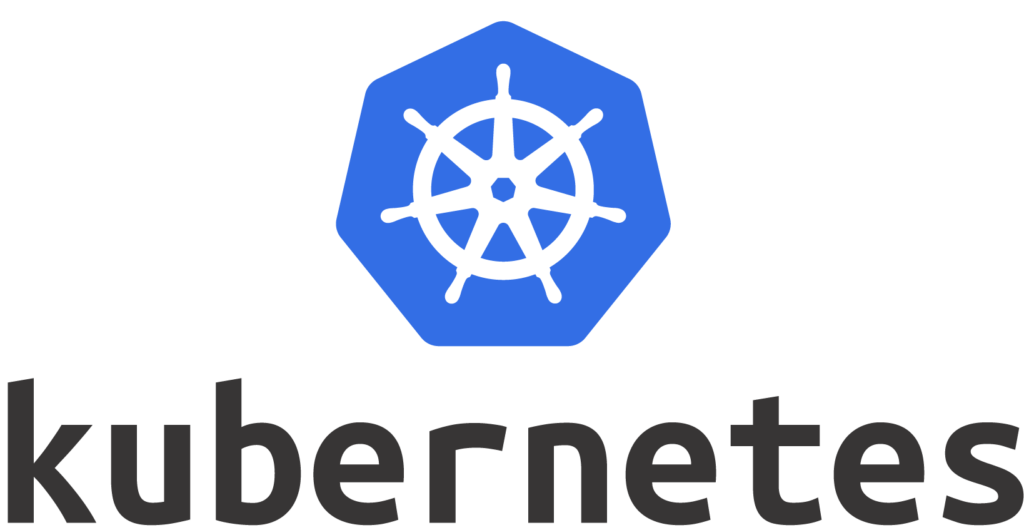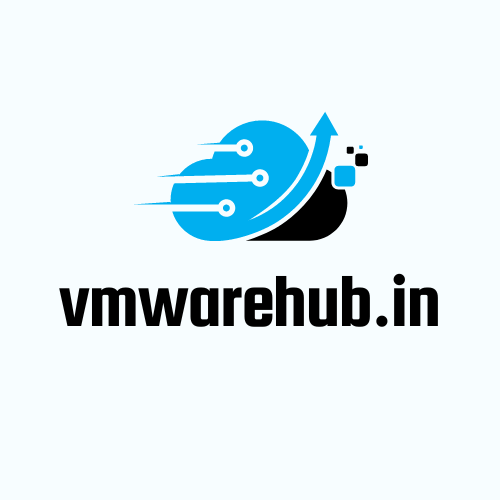
Introduction:
Kubernetes has emerged as the go-to container orchestration platform for managing modern applications at scale. However, with great power comes the need for effective troubleshooting. In this blog, we will explore the top 10 troubleshooting commands in Kubernetes that every cluster administrator should know. These commands will help you diagnose and resolve common issues, ensure optimal performance, and maintain the stability of your Kubernetes clusters. Let’s dive into the essential tools and commands that will empower you to become a Kubernetes troubleshooting expert.
- kubectl get pods:
The “kubectl get pods” command is your gateway to inspecting the state of pods in your Kubernetes cluster. It provides a comprehensive overview of running, pending, and terminated pods, along with their current status, labels, and associated containers. By running this command, you can quickly identify any pod-related issues, such as pods that are stuck in a pending state or failing to start. - kubectl describe pod:
When you need more detailed information about a specific pod, the “kubectl describe pod” command comes to the rescue. It provides an in-depth description of the selected pod, including events, container statuses, and any errors or warnings encountered during startup. This command is invaluable for troubleshooting pod-related issues and understanding the root cause of failures. - kubectl logs:
To gain insights into the logs generated by containers within a pod, the “kubectl logs” command is indispensable. By specifying the pod name and container, you can retrieve the logs, helping you diagnose application errors, identify performance bottlenecks, or trace specific events. This command is particularly useful when troubleshooting application-level issues or debugging containerized applications. - kubectl exec:
The “kubectl exec” command allows you to execute commands directly within a container running inside a pod. This command enables you to troubleshoot by accessing the container’s shell, inspecting its environment, running diagnostic commands, or performing ad-hoc debugging. With “kubectl exec,” you can troubleshoot issues related to container configuration, application settings, or runtime behavior. - kubectl top:
Monitoring resource utilization is crucial for identifying performance bottlenecks and ensuring efficient cluster management. The “kubectl top” command provides real-time insights into CPU and memory usage across pods, nodes, and namespaces. By analyzing resource consumption, you can pinpoint potential resource constraints or excessive resource allocation, allowing you to optimize resource allocation and improve overall cluster performance. - kubectl events:
Understanding cluster events is essential for troubleshooting and monitoring cluster health. The “kubectl events” command retrieves a list of recent events related to pods, nodes, or other Kubernetes resources. These events capture important information, such as pod scheduling, container crashes, or node failures. By examining events, you can identify anomalies, track system-wide changes, and gain visibility into potential issues affecting your cluster. - kubectl rollout:
When updating deployments or managing rolling updates, the “kubectl rollout” command is invaluable. It allows you to monitor and control the deployment process, ensuring smooth and controlled updates. With commands like “kubectl rollout status” and “kubectl rollout history,” you can track the progress of deployments, verify successful updates, or rollback to a previous version in case of issues. - kubectl exec -it :
The “kubectl exec -it” command provides an interactive terminal within a container, allowing you to troubleshoot and debug in real-time. By opening a shell session, you can run commands, inspect files, or perform live debugging within the container. This command is especially useful when you need to investigate runtime behavior, inspect application state, or diagnose issues requiring real-time interaction.
- kubectl port-forward:
To access services or pods running within your Kubernetes cluster from your local machine, the “kubectl port-forward” command is essential. It establishes a secure tunnel, forwarding traffic from a specified local port to a target port within the cluster. This command enables you to interact with services or applications, troubleshoot network-related issues, or test connectivity without exposing them externally. - kubectl explain:
When you need detailed information about Kubernetes resources, their properties, or available configuration options, the “kubectl explain” command is your ultimate guide. It provides comprehensive documentation on Kubernetes API objects, allowing you to explore their specifications, attributes, and usage. This command empowers you to understand and navigate the vast Kubernetes ecosystem, making informed decisions during troubleshooting and resource management.
Conclusion:
Mastering the top 10 troubleshooting commands in Kubernetes is crucial for effective cluster management and ensuring the smooth operation of your containerized applications. By familiarizing yourself with these commands, you will be equipped to diagnose and resolve common issues, monitor cluster health, and optimize resource utilization. From retrieving pod information to inspecting logs, executing commands within containers, and managing deployments, these commands will enable you to troubleshoot with confidence. Embrace the power of these essential tools and take your Kubernetes troubleshooting skills to the next level.
For morw information, please click on https://vmwarehub.in
